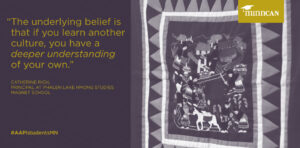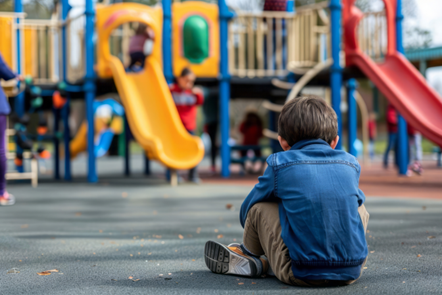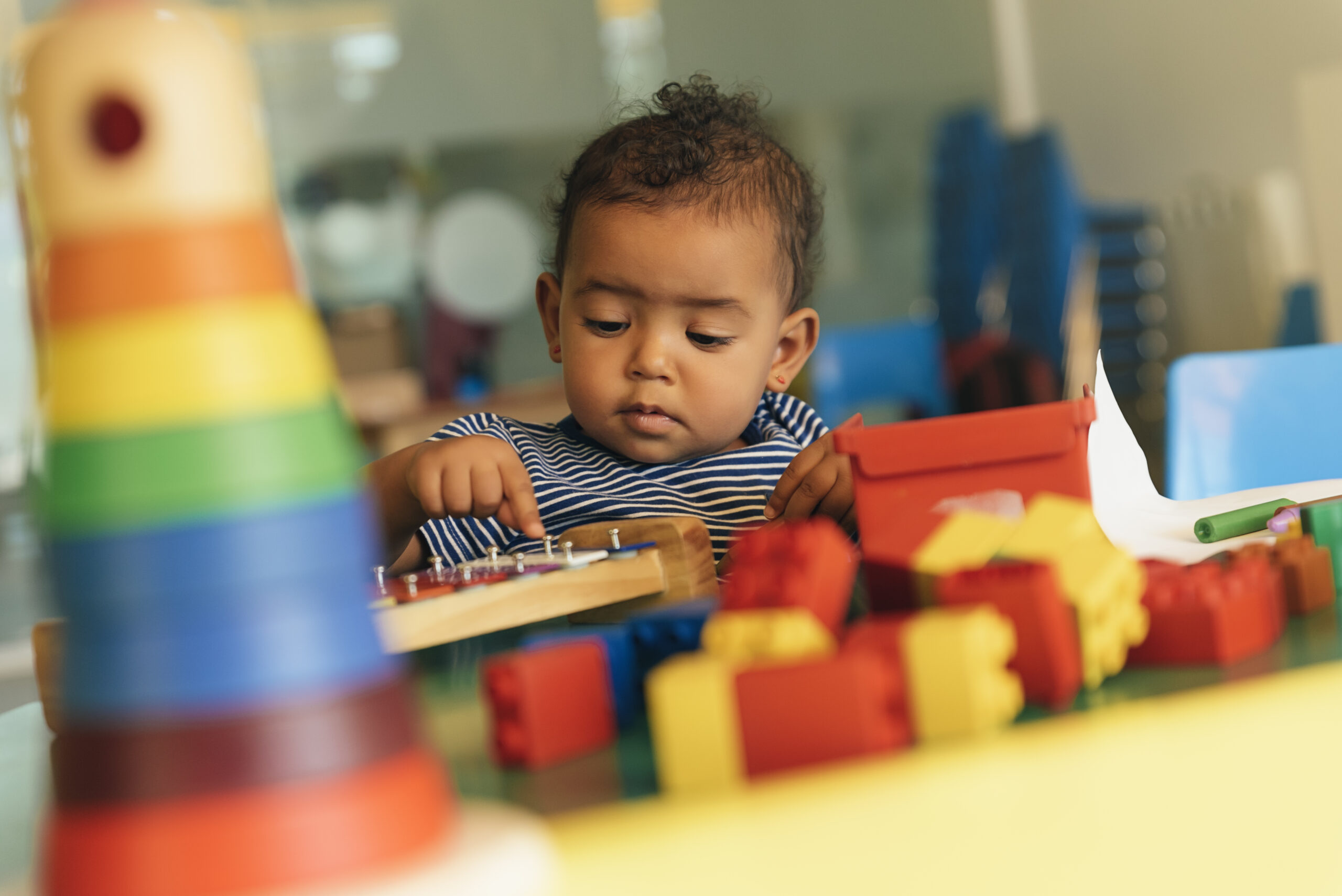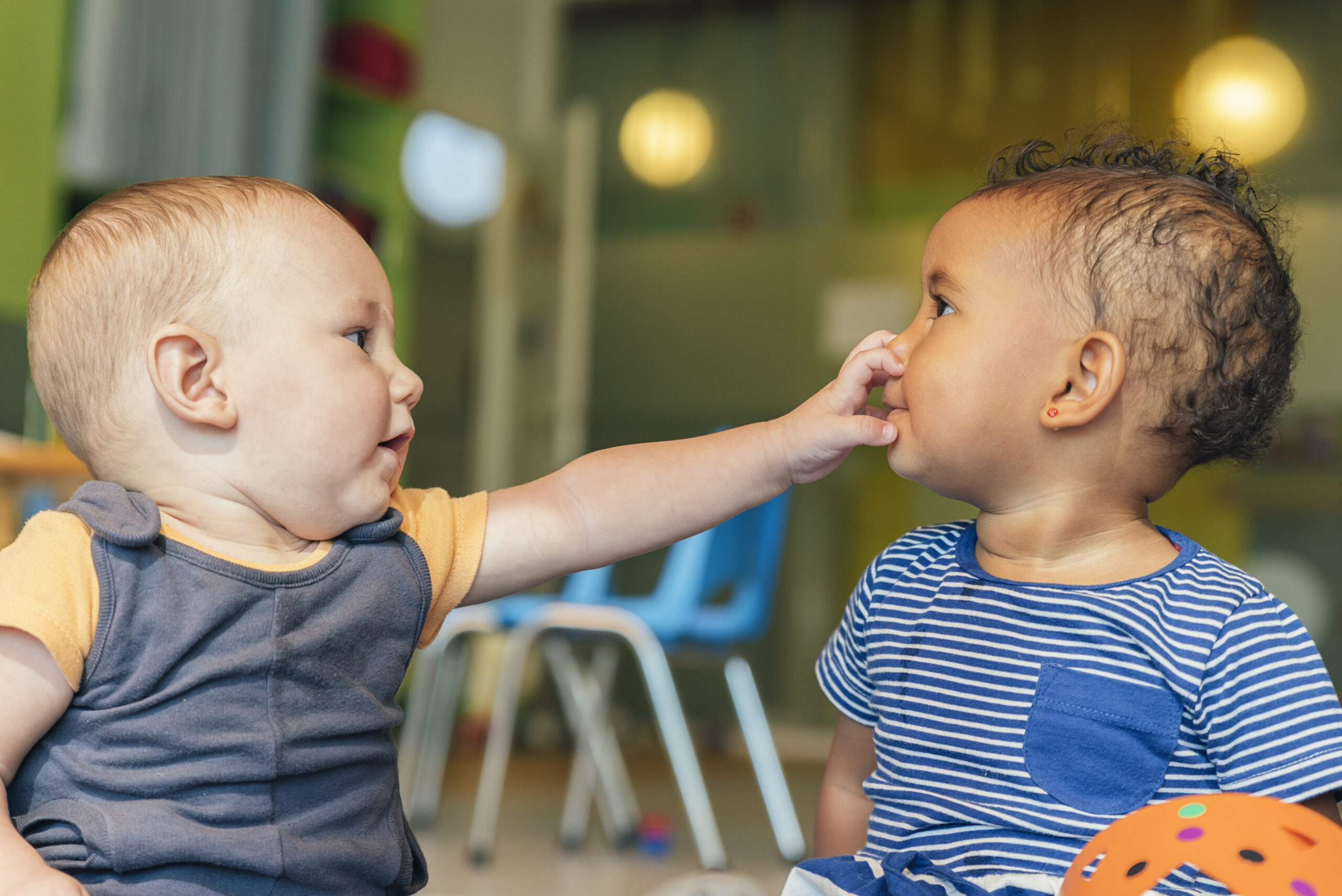 Nationally, Minnesota ranks 46th for Asian American and Pacific Islander (AAPI) high school graduation and is home to one of the largest white-AAPI proficiency gaps for fourth-grade reading. A new report released this week by MinnCAN, a local organization working to ensure every child in our state has access to a great public school, highlights the challenges faced by AAPI students and policy recommendations for helping solve this important issue.The crux of the problem is straight forward. The report highlights that:
Nationally, Minnesota ranks 46th for Asian American and Pacific Islander (AAPI) high school graduation and is home to one of the largest white-AAPI proficiency gaps for fourth-grade reading. A new report released this week by MinnCAN, a local organization working to ensure every child in our state has access to a great public school, highlights the challenges faced by AAPI students and policy recommendations for helping solve this important issue.The crux of the problem is straight forward. The report highlights that:
“While Minnesota’s AAPI student population is steadily increasing, our schools are struggling to lead all AAPI students—especially DLLs—to strong academic outcomes. What’s more, AAPI students in Minnesota are not faring as well as their AAPI peers in other states.”
The report features three schools making gains toward decreasing this gap in Minnesota- Noble Academy in Brooklyn Park; Phalen Lake Hmong Studies Magnet School in St. Paul; and Weaver Elementary School in Maplewood.The success at these examples are attributed to:
- Data + accountability
- Family engagement
- Celebrating students’ native language + culture
- High expectations + high supports
Not surprisingly, one of the report’s policy recommendations includes targeted, high-quality early learning opportunities. With research consistently finding that home language proficiency is an important precursor to dual language learners’ success in learning English, it’s critical that families be able to send their young children to high-quality early learning opportunities steeped in their native language.This is an extremely important component of preparing children for success in school and life, for children from the AAPI community and for all other dual language learners in Minnesota.This is a crucial component to continue chipping away at Minnesota’s persistent opportunity and achievement gaps.







